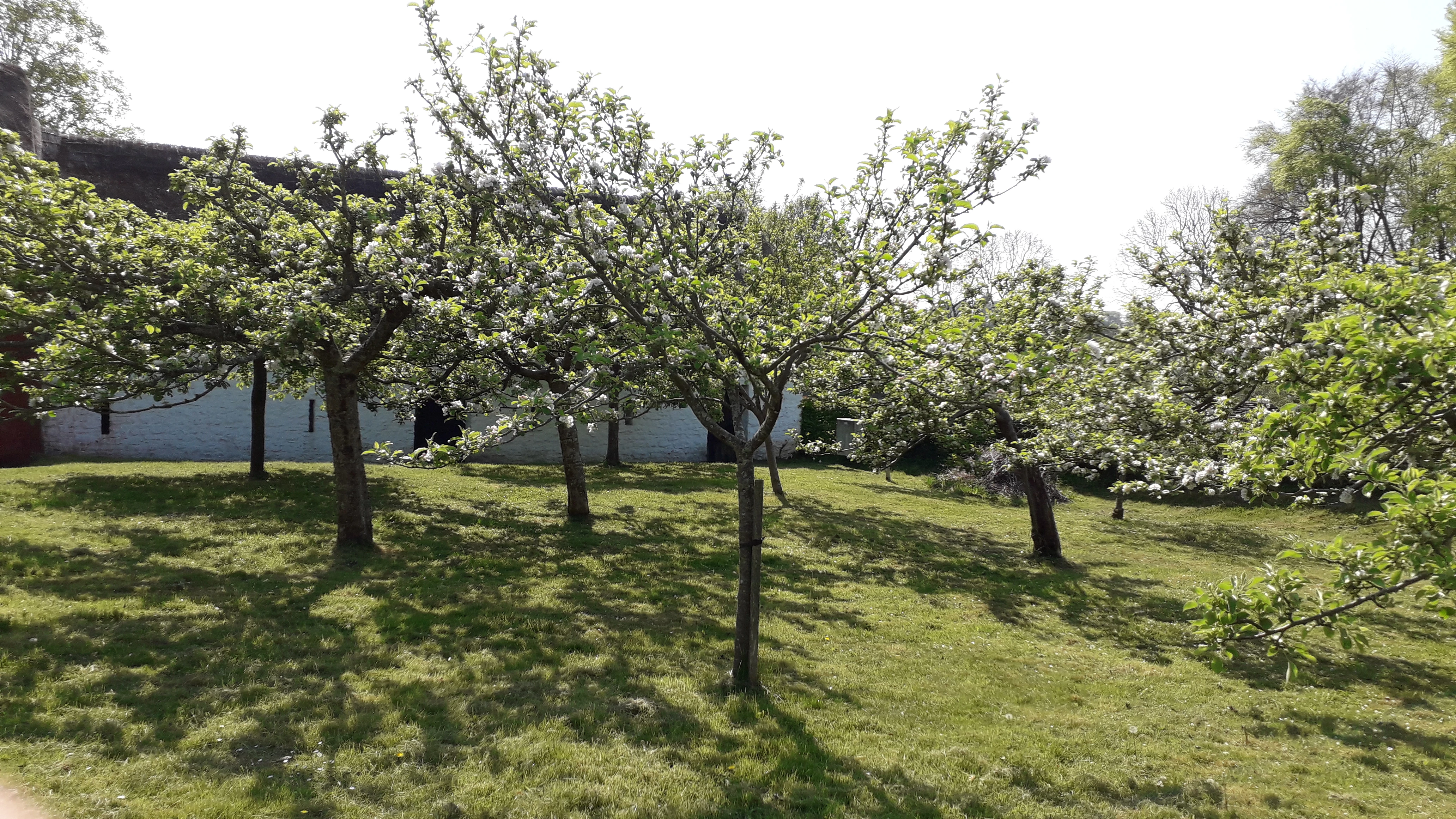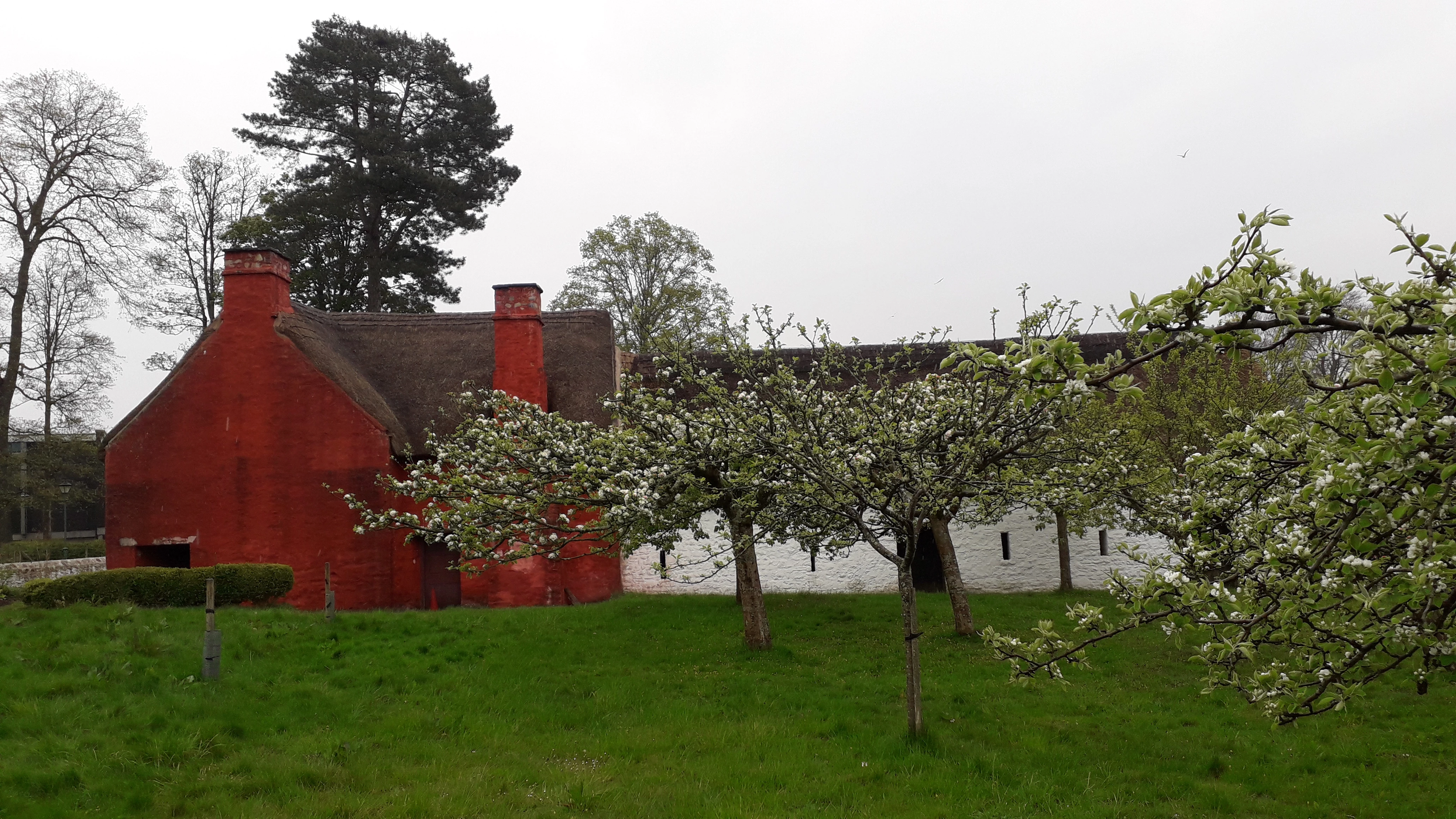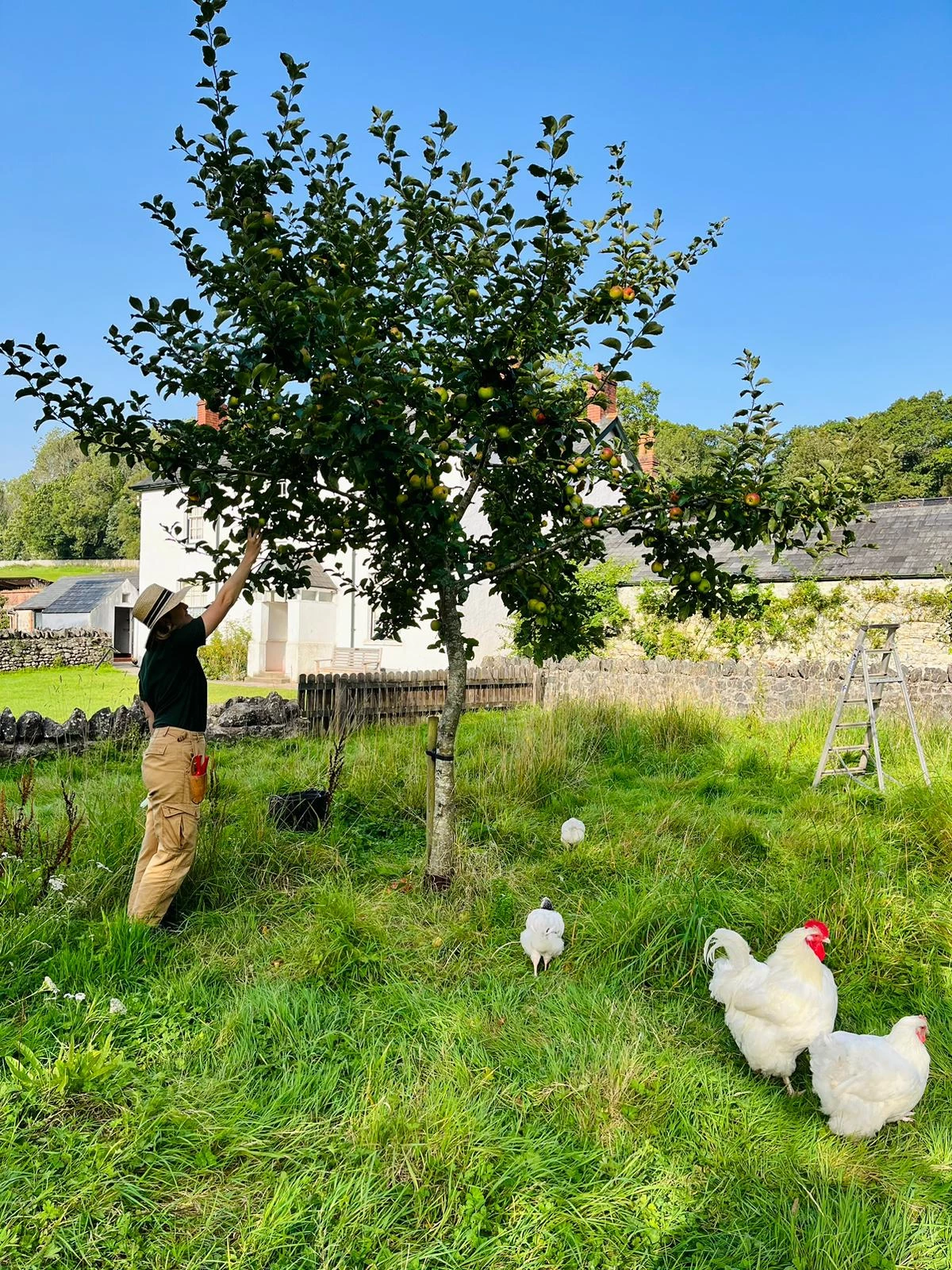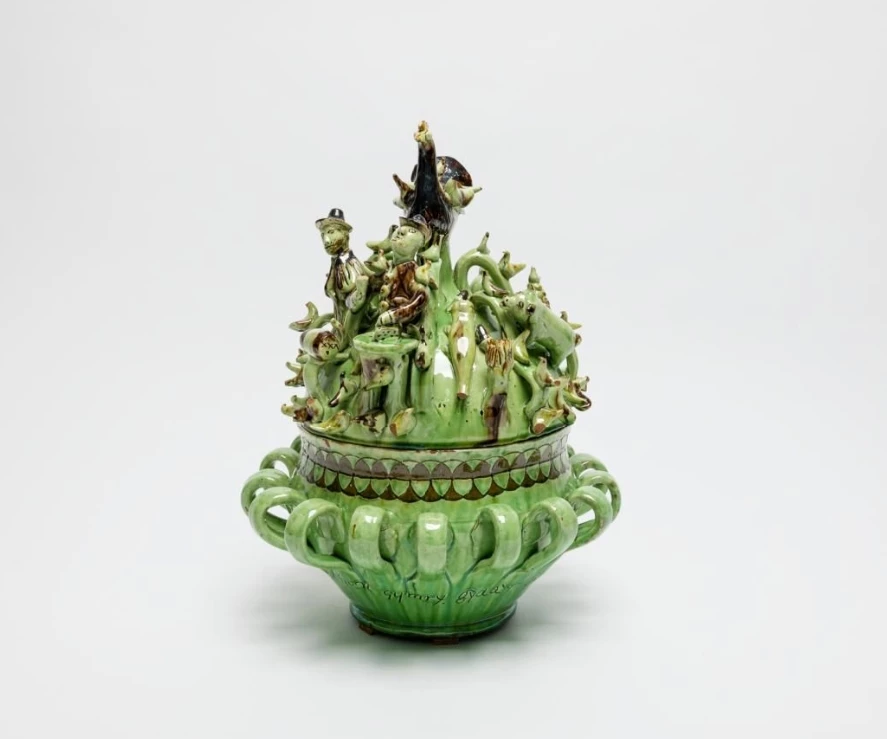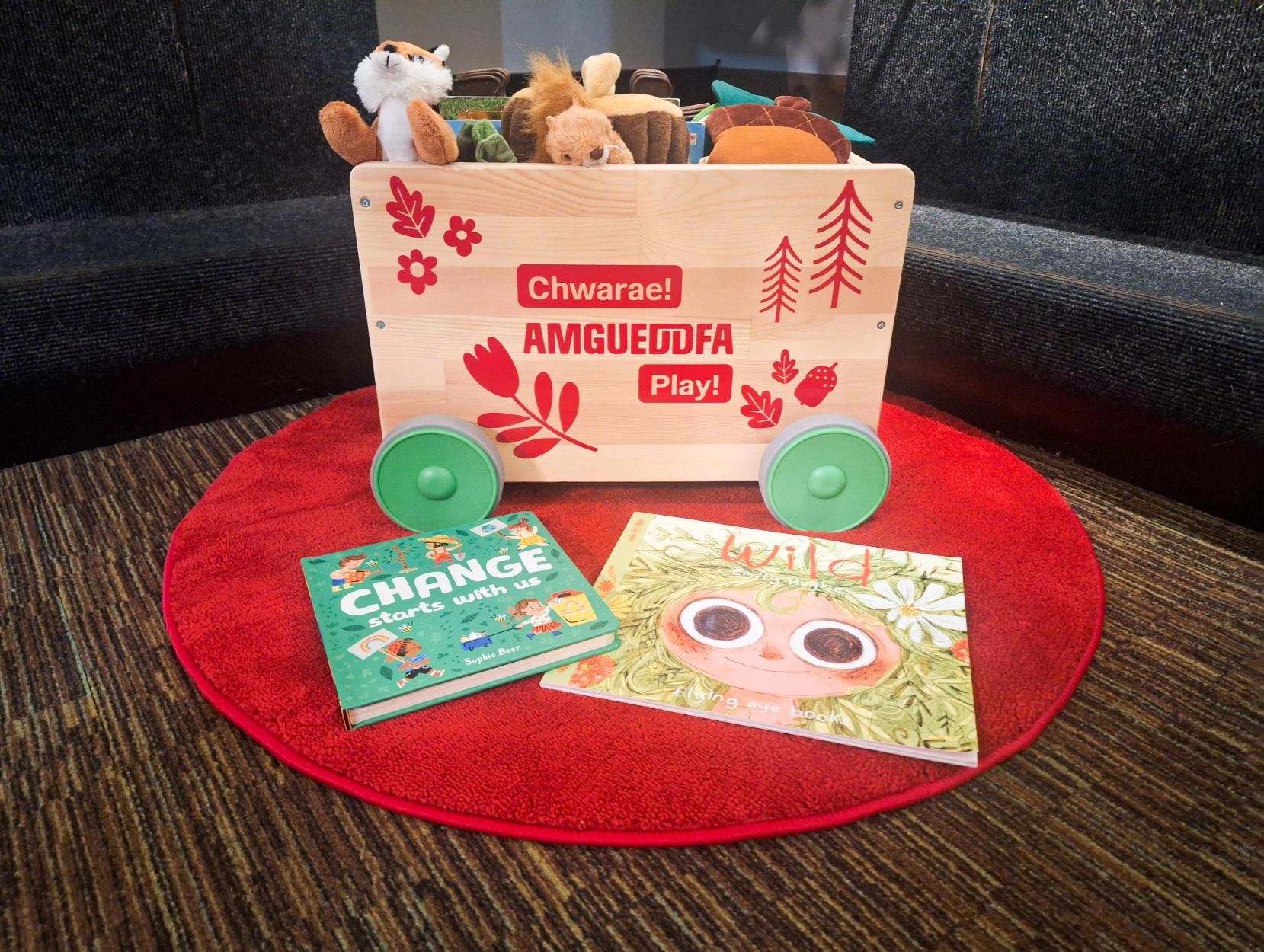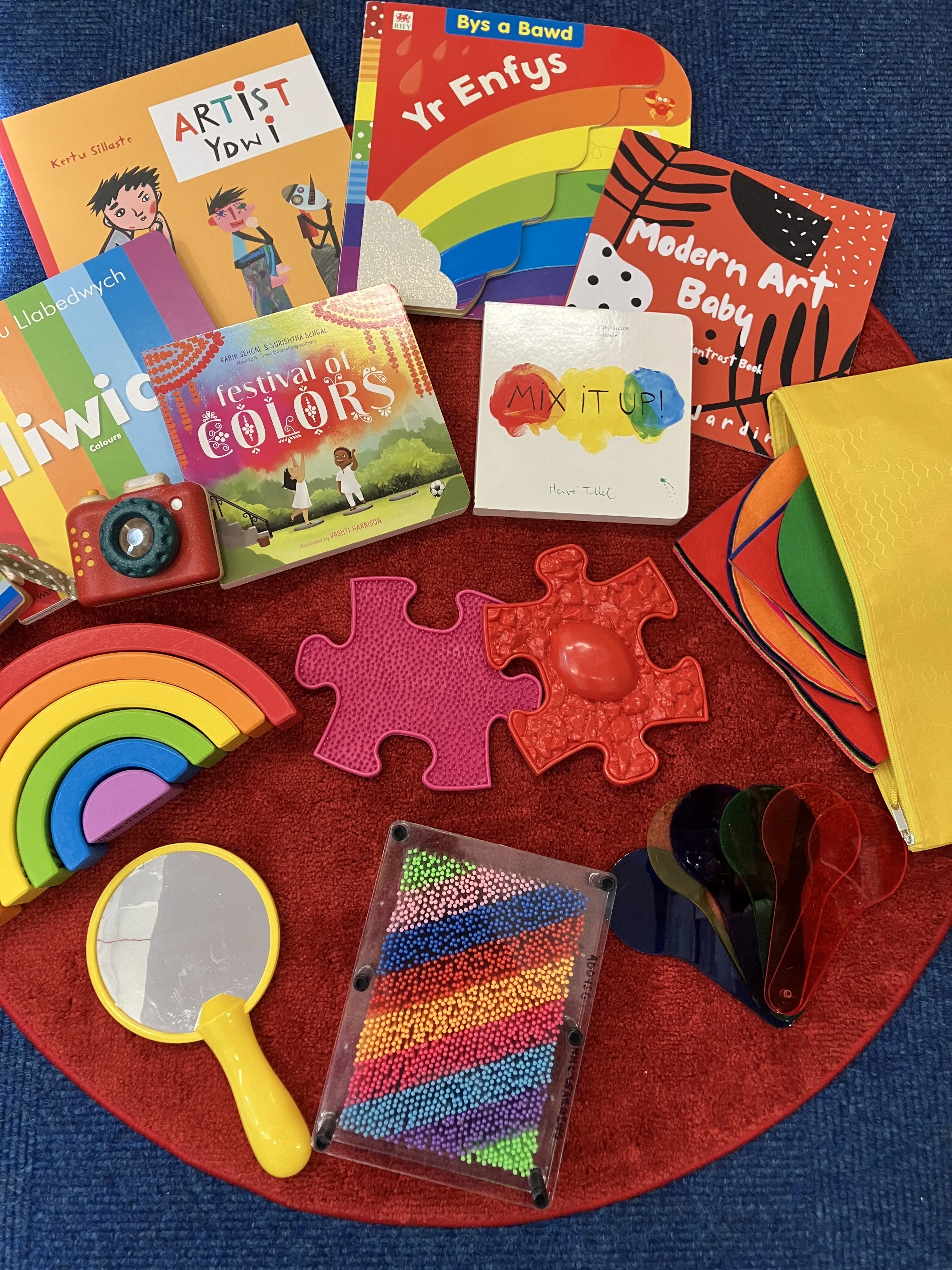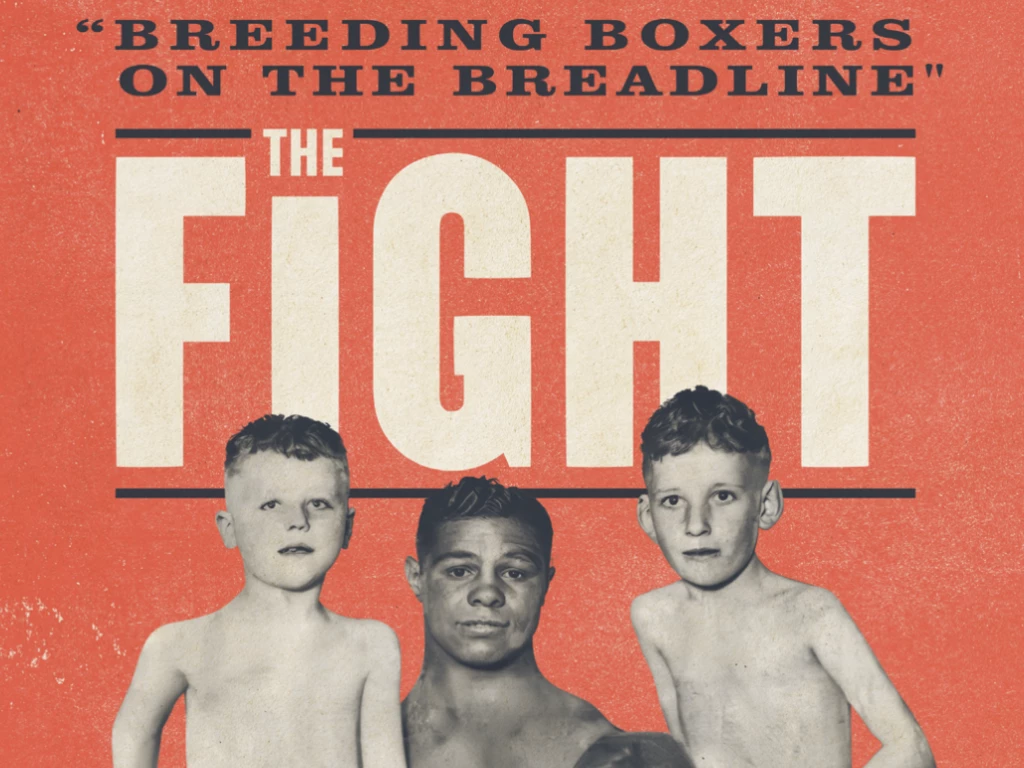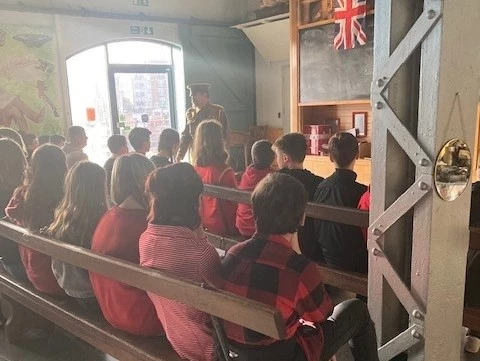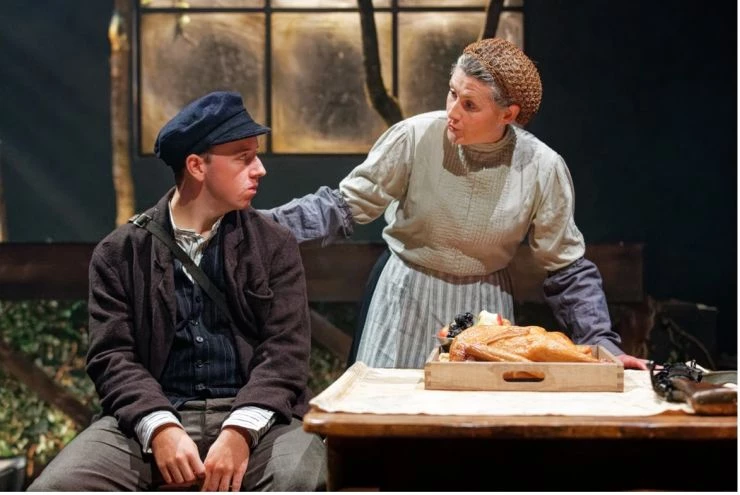St Fagans' Heritage Apples
, 27 January 2025
In the quiet of winter, the gardens of St Fagans National Museum of History are alive with activity. January is the perfect time to prune apple trees, ensuring healthy growth and a good harvest later in the year. At St Fagans, the orchards are home to several heritage apple varieties, each with its own fascinating name and story.
One such remarkable apple is Gwell na Mil, meaning "Better than a Thousand." This variety, known as Seek No Further by English speakers in Monmouth, dates back to at least the 1700s and was mentioned in the Cambrian Journal of 1856. Another is the Pig y Golomen, or "Pigeon’s Beak," a traditional variety from Pembrokeshire, with a name inspired by its distinctive shape. There’s also Morgan Sweet, a favourite among Welsh miners, who valued its refreshing flavour during long shifts underground.
These apples, along with others, can be found in the many orchards across St Fagans. The old trees not only provide fruit but also act as vital habitats for wildlife. Birds, insects, and bats all rely on the orchards for shelter and food.
Every year, the apples are harvested and taken off-site to be pressed into juice, which is then sold in the museum shop. This annual cycle of care, from winter pruning to autumn harvesting, keeps the orchards healthy and productive and reflects traditional care that has supported orchards for generations.
January is also the season for wassailing, an ancient tradition to bless apple trees and ensure a good harvest. Wassailing often involves singing, offering cider to the trees, and sometimes driving away bad spirits. The museum’s collections feature beautiful wassailing bowls, traditionally used during these celebrations. Visitors can see some examples of these in the Gweithdy gallery, including pieces of Ewenny pottery.
January in the orchards is a time to reflect on traditions and care for the future. The pruning done now ensures the trees remain healthy and productive for years to come, continuing a cycle that has been part of Welsh rural life for centuries.
